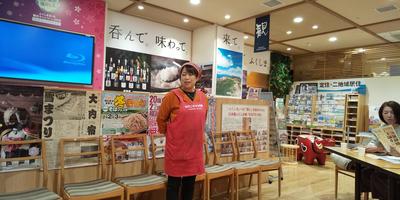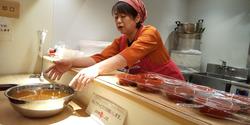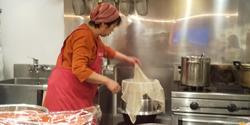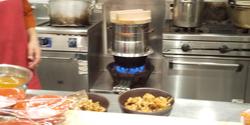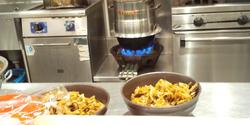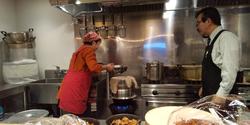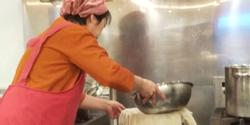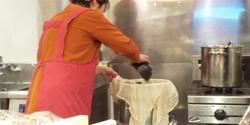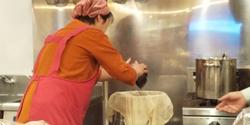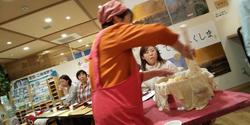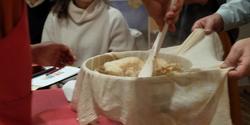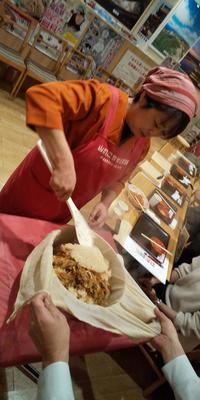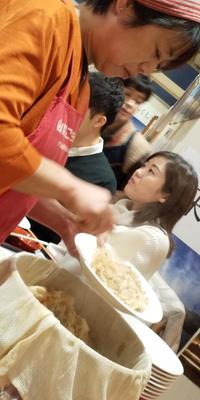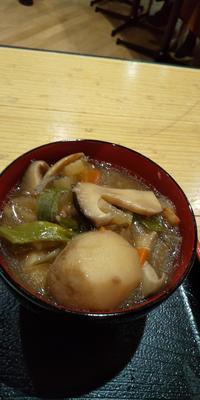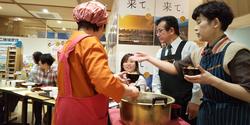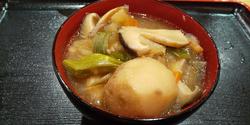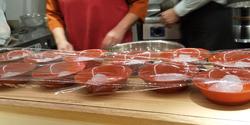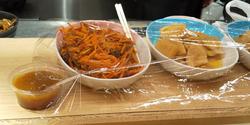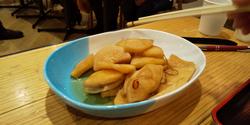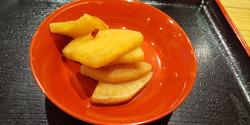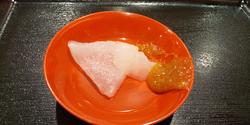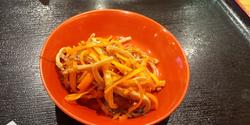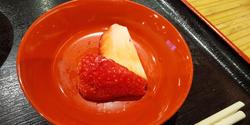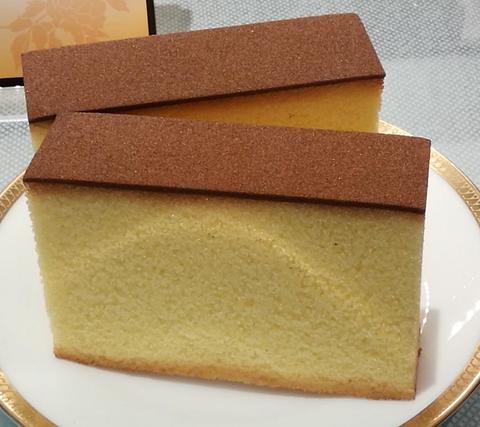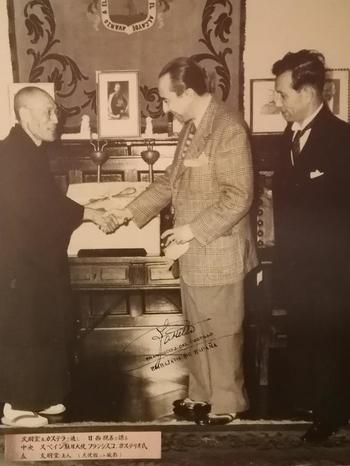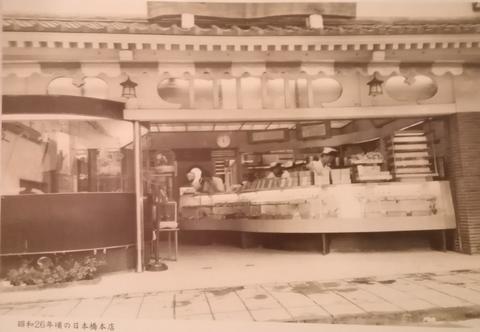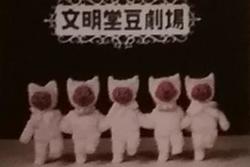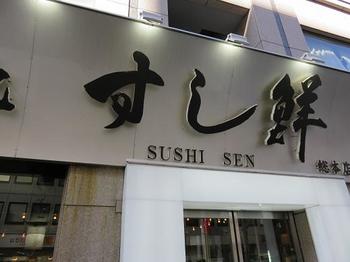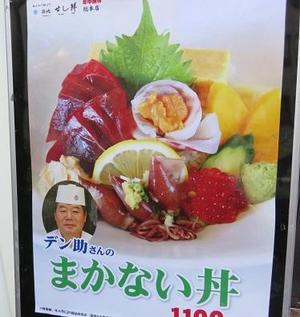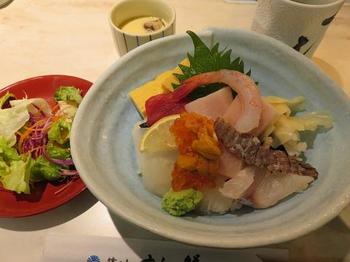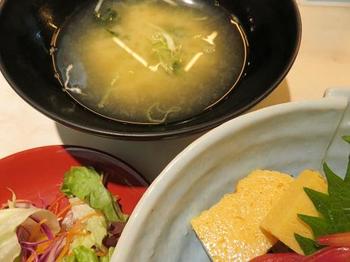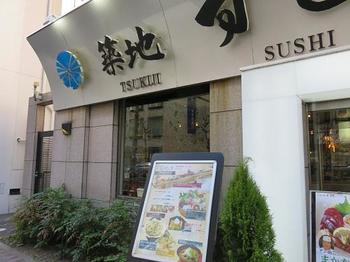Today, I came to the rooftop of Ginza Six.
After walking through the crowds of Ginza Street, when you come here, you will feel a little calm. It's also a good idea to take a leisurely tour of the rooftop and look for Tokyo Tower and Sky Tree. But there are other things I would like to see. It's the streets of Ginza. Among them, the best one is the 4-chome intersection.
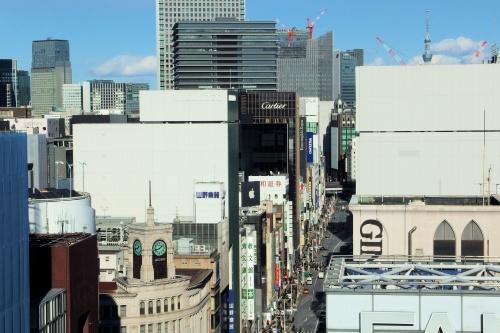
Wako's clock tower is really good. However, I have the impression that the city of Ginza is more crunchy than I expected.
Before Ginza Six was built, the Matsuzakaya Ginza store was located in this place. The pre-war landscape from Matsuzakaya was like this (around 1933).
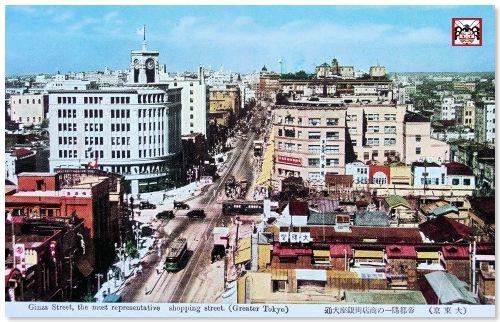
Ginza is more refreshing than it is now, about 10 years after the Great Kanto Earthquake. Wako, which stands at the 4-chome intersection, was called Hattori Clock Store at this time. To the right is Ginza Mitsukoshi, and beyond the Hattori Clock Store, Kyobunkan is visible.
Looking at the history, these three were built in the following years.
Ginza Mitsukoshi, 1930 (1930)
1932 Hattori Clock Store
1933, Kyobunkan
If we can go back little by little to the past, the building will disappear in a new order. This time, I would like to change my taste a little, go back in time in the past, and guide you to the time trip on Ginza Street.
First of all, I went back a little, but there is a building that has disappeared. Do you understand?
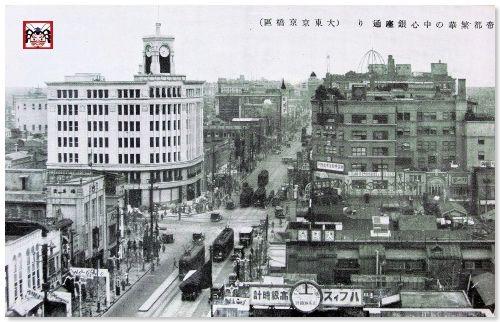
According to history, the Kyobunkan has disappeared. Since the Hattori Clock Store is built, it is the scenery around 1932, the year before the Kyobunkan was built.
The architect of the Kyobunkan is Antonin Raymond. In the city of Ginza, there were several buildings he designed, but Matsuzakaya, who is now there, also had an age of his design.
On the other hand, Hattori Clock Store. This clock tower was the second generation, and the first clock tower was built in Meiji 27 (1894). After the first generation was demolished for renovation, the Great Kanto Earthquake struck, and nine years after the earthquake, the second generation was built.
Let's take a look back. It is a 4-chome intersection around Showa 4 (1929).
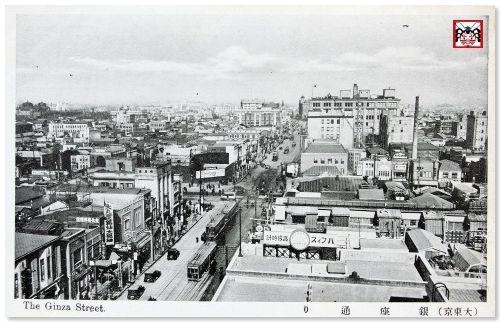
The building of the Hattori Clock Store is gone. There is a crane across the street, so Mitsukoshi is under construction. Beyond it is Yamaguchi Bank, and the big building you can see beyond is Matsuya Ginza, a department store. You can see that Matsuya was already open at this time.
Let's go back further.
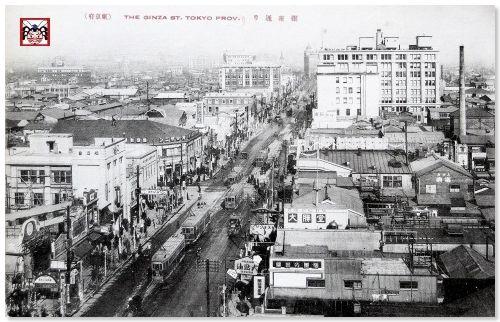
Then a low-rise ballaque-style building appeared at the Hattori Clock Store. It is the scenery of the first year of Showa. This low-rise building was built after the earthquake, and it is said that Mitsukoshi was occupying and operating temporarily. After that, Mitsukoshi started building a building on the opposite side, and immediately after the Imperial Capital Reconstruction Festival in 1930, opened Ginza Mitsukoshi as a large-scale department store.
Let's go back to the year of the earthquake. Then the building in Matsuya turns into a steel frame.
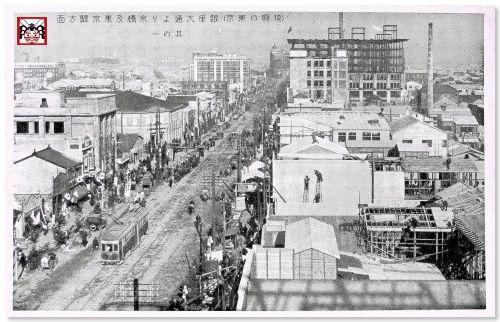
At the bottom of the photo, it seems that the shadow of the steel frame of the Matsuzakaya building appears to be reflected, so it seems that the buildings of Matsuya and Matsuzakaya were both steel frames. Historically, the opening of each business has been completed.
December 1, 1924, Matsuzakaya
May 1, 1925 Matsuya, 1925
That's why it's a landscape around 1924. Speaking of 1924, the year after the Great Kanto Earthquake, you can see the reconstruction of buildings here and there in this landscape.
As you can see, the roof of today's Ginza Six was a place where we have been watching the reconstruction of the city of Ginza since the Great Kanto Earthquake.
Matsuzakaya is a large-scale department store that opened for the first time in Ginza. At that time, Ginza 6-chome was called Owaricho, and the building was built by Kunimitsu Life Insurance. Kunimitsu Life opened on the upper floor, and Matsuzakaya entered on the lower floor and set up a store.
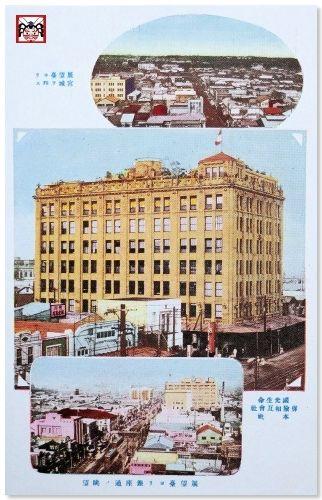 I can't believe it now, but it's a hot topic as the first department store where you can enter the entire building foot. There is also a bustling rooftop zoo and a yellow shuttle bus from nearby stations, and with the opening of Matsuzakaya, Ginza will change from a luxury-oriented city to a city that can be enjoyed by the general public.
I can't believe it now, but it's a hot topic as the first department store where you can enter the entire building foot. There is also a bustling rooftop zoo and a yellow shuttle bus from nearby stations, and with the opening of Matsuzakaya, Ginza will change from a luxury-oriented city to a city that can be enjoyed by the general public.
On the other hand, how was Matsuya Ginza? I can't see it a little far away, so I'll move in the air and approach it.
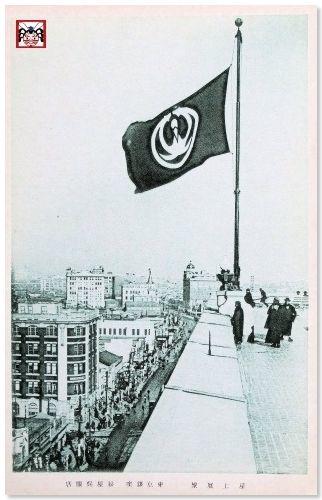
The flapping flag is the Matsuya mark designed from pine and crane, and the below is Ginza Street. This is the rooftop of Matsuya after completion. I look at the direction from Ginza 3-chome to 1-chome.
Matsuya opened in 1925, about six months after the opening of Matsuzakaya. Matsuya itself was founded in Yokohama in 1869 as Tsuruya, so this year marks the 150th anniversary of its founding. The 8-story building will be constructed by a life insurance company. However, on the way, Matsuya decided to move into the lower floor, and the design change made a large atrium. Even if you are hit by the earthquake in a steel frame, it will open 20 months later.
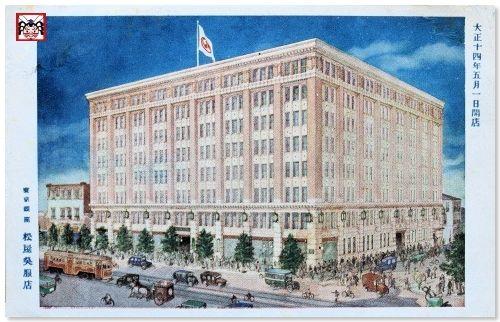
In particular, the interior seemed to be very luxurious, attracting many visitors to the store and exposing the topic. After this, together with Matsuzakaya, I will become a leading player in the reconstruction of Ginza.
If you move your eyes to Ginza Street, you will see a large building diagonally opposite. This is the main building of the Okura Gumi, which was completed as a five-story building in 1915. At the time of construction, it was the tallest building in Tokyo.

As you can see from the year it was built, this building survived the Great Kanto Earthquake. Speaking of the main building of the Okura Gumi, it is also known when the first building with arc lights was lit, but it was about 40 years ago of this landscape. The photo shows the scenery of the second generation building, the first year of Showa. The current OkuraHouse, where Cartier enters, is the fourth generation.
What I'm worried about is the buildings that can be seen at the "end of the corner" across Ginza Street. The cityscape with a good atmosphere that makes you feel a Taisho romance is spreading. It must be a wonderful city.
Let's move in the air to the rooftop of the Okura Gumi Main Building and approach a little closer.
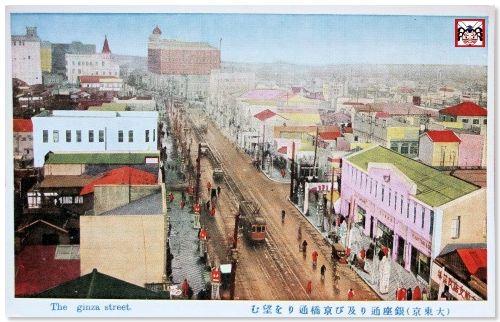 The tall building with the "tongari roof" on the left and the "circular dome" on the right are impressive. It was the first year of Showa.
The tall building with the "tongari roof" on the left and the "circular dome" on the right are impressive. It was the first year of Showa.
I'm going to enter the Taisho era in this place. It is the street at the end of the corner around Taisho 14 (1925).
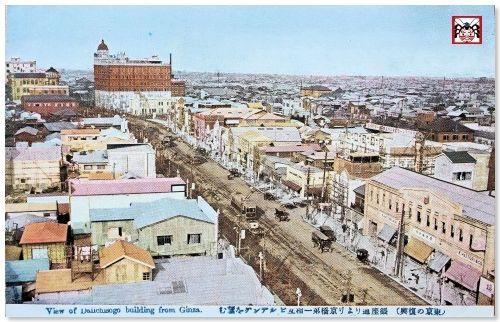 What? Something has changed.
What? Something has changed.
The tongari roof has been turned into a circular dome. It seems that it was not a tongari roof in the Taisho era. The town at the end of this corner was the current Kyobashi, and at that time it was the name of Minami Temmacho. The Kyobashi River flows at the corner, and "Kyobashi" should be built on it. At this time, only a few years after the earthquake, what kind of development did the city lined with large buildings?
I'll do it this time. Time slip and aerial walk on Ginza Street. How was it? From next time, I would like to introduce the cityscape of this "turning corner" in chronological order. It was a prologue of "Kyobashi Monogatari".
(References are scheduled to be compiled in the epilogue.)
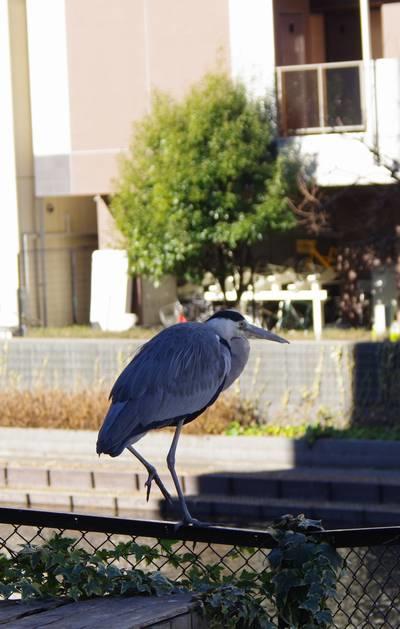
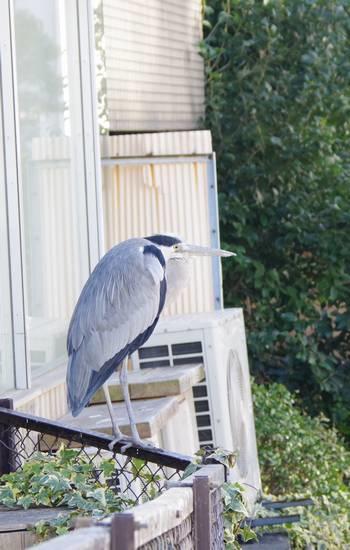
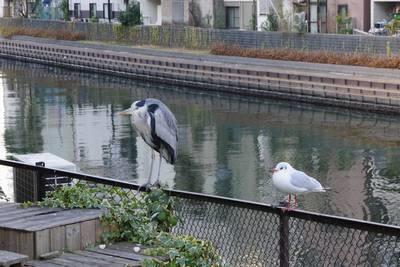
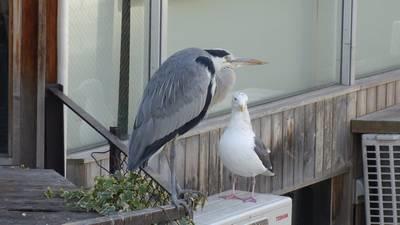






 I can't believe it now, but it's a hot topic as the first department store where you can enter the entire building foot. There is also a bustling rooftop zoo and a yellow shuttle bus from nearby stations, and with the opening of Matsuzakaya, Ginza will change from a luxury-oriented city to a city that can be enjoyed by the general public.
I can't believe it now, but it's a hot topic as the first department store where you can enter the entire building foot. There is also a bustling rooftop zoo and a yellow shuttle bus from nearby stations, and with the opening of Matsuzakaya, Ginza will change from a luxury-oriented city to a city that can be enjoyed by the general public.


 The tall building with the "tongari roof" on the left and the "circular dome" on the right are impressive. It was the first year of Showa.
The tall building with the "tongari roof" on the left and the "circular dome" on the right are impressive. It was the first year of Showa. What? Something has changed.
What? Something has changed.